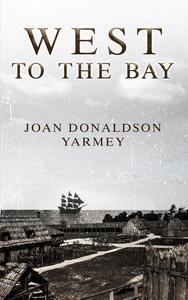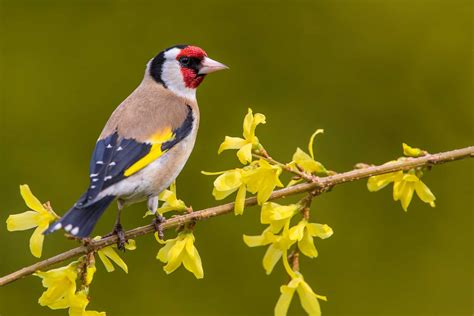Roan Rose ISBN: 149224158X
Way back, more than 25 years ago, the Internet was a fairly new thing. Ordinary people, from their home personal computers, were finding their way into all kinds of list serves, usually aligned with some niche interest, from TV shows to movies to genealogy, to nascent gaming platforms. There was electronics tech talk, as well astronomy, mechanics, philosophy and music. Universities began connecting, sharing their resources. Fiction began to appear online. This was the time of the birth of what is now today's globe-spanning "social media" and the genesis of many mega-billion dollar fortunes, whose troll lord owners tyrannize the internet -- and the politics - of today's online world.
In those innocent days, however, the internet was a magical open door for those of us fortunate enough to have a desktop computer and dial up service. Through that electronic door people with all kinds of interests could connect, people from all over the world, in my case, the English speaking world. We could make friends everywhere we shared a language; we could travel vicariously to places like England and Australia, or to the West Indies or Canada.
Through an online friend, I discovered sites for history lovers--one in particular called "Later Medieval Britain" (LMB) where people who were fascinated by the Wars of Roses had debates and heated exchanges with one another. Many of these folks were British, some were Australians. I was one of the first Americans on the list, because the fate of "the princes in the tower" had been an obsession of mine since childhood. (My own on-the-spectrum "penguin.") Below: Richard III
I'd been advocating for the Yorkist side of this ancient strictly regional spat since I was a bookish kid, even arguing ("Rude American child") with the Beefeaters at the Tower of London in my young teens. I passionately believed that Richard III had been maligned, that he had not killed his nephews as his successors, the Tudors (Lancastrian side) alleged. Whatever the truth is, 500+ years later any evidence can only be circumstantial; we shall probably never know what truly happened to these poor little dynastic pawns, but that's not the subject here.
My subject is the friends I made--on the Yorkist side of the ancient quarrel, naturally! As time passed, we shared about other things: our families, children and grandchildren, pets, gardens, as well as all the historical sources which were passed around and discussed at length. I didn't have a lot of money, but here was a way I could travel without going overseas. Looking back, I loved the time spent on the LMB and then searching libraries for the books about which I'd heard, but most of all, I loved these people, who were as touched as I was.
I was writing a novel and many others on the listserve were too. We all had our own solutions of the whodunit, of course. When I finally got together the money to go to the UK, I managed to meet several of these much esteemed online voices. One of them drove a group of us around to various historical sites and museums. We had supper together in York in a little restaurant inside the medieval walls. One venerable gentleman, Geoffrey Richardson, who lived near York, had written books on the Neville/Plantagenet clan which were available in museum stores at the local castles and battlefields. I'd hoped to meet and walk upon his favorite battleground, but it never happened, for flooding rains drove all the tourists out of York. I was lucky to catch the last train that made it to London that week, and never had another opportunity again, for he passed away later that winter, taking all his wealth of knowledge and his caustic wit and unique northern turn of phrase with him.
Death happens more frequently in my world these days. I opened FB today--something I don't do much anymore. What used to be news from far-flung friends is now all advertisements, not the warm virtual connection that once was so reliably there. After scrolling down a bit, I suddenly came upon a funeral announcement for an old LMB Australian friend, one who was younger than I am.
I was shocked and saddened. Meredith was a fellow Ricardian, a fellow writer, a spirited member of our listserve. Later, she became my online publisher and a talented editor too, but besides that I was acquainted with her husband, her children and grandchildren, her garden and her home. I knew her kitties too--these often pictured lounging luxuriously in bed. Unasked, Meredith spontaneously sent several Aussie children's books which were informative, clever and funny for one of my southern granddaughters, kindly providing this little girl she'd never meet her first real view into life in far-off land. Another beautiful mind, full of learning, opinions, memories and humour, gone forever. RIP my dear friend!
~~Juliet Waldron





.jpg)














.jpg)











.jpg)

.heic)